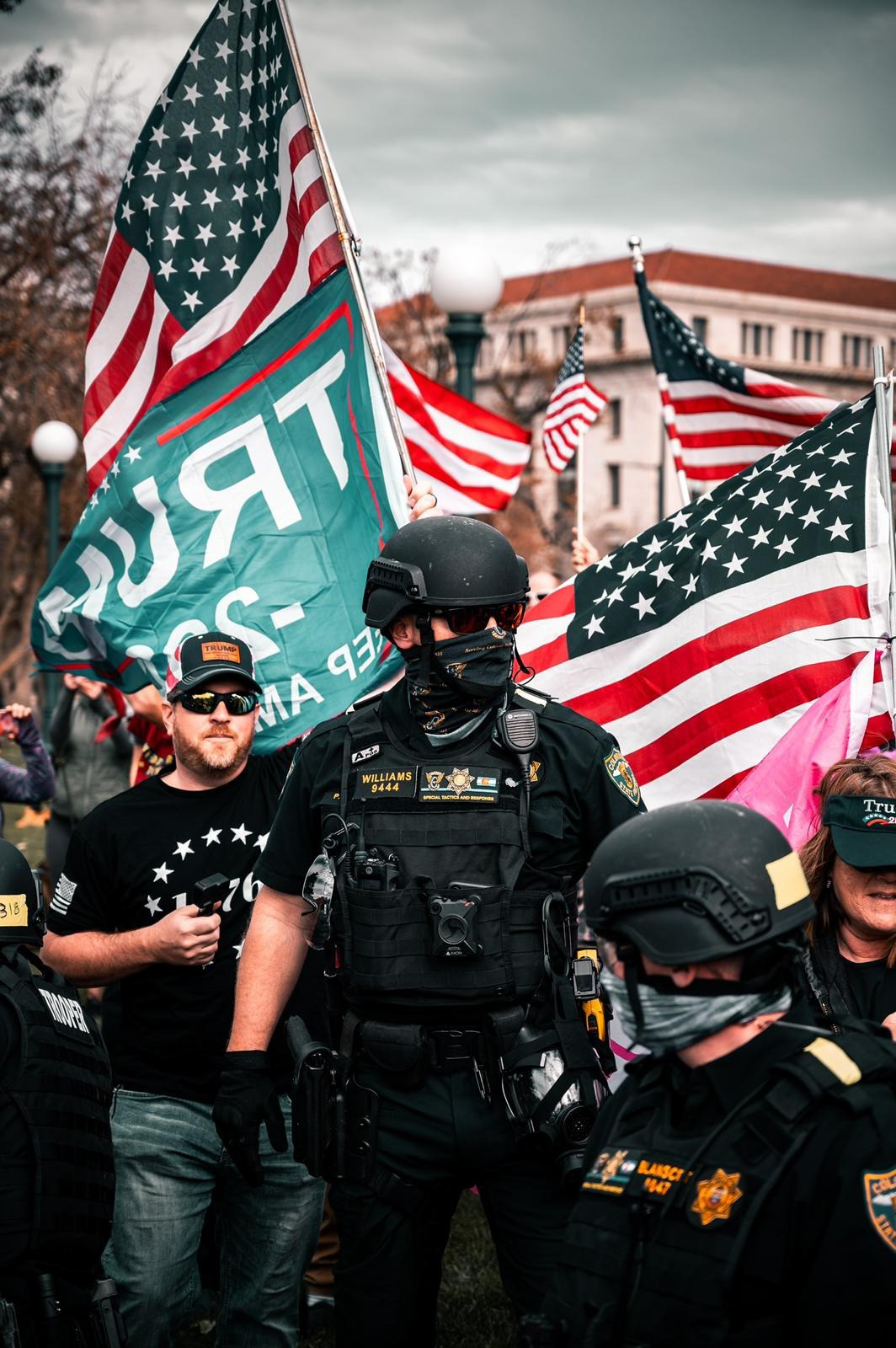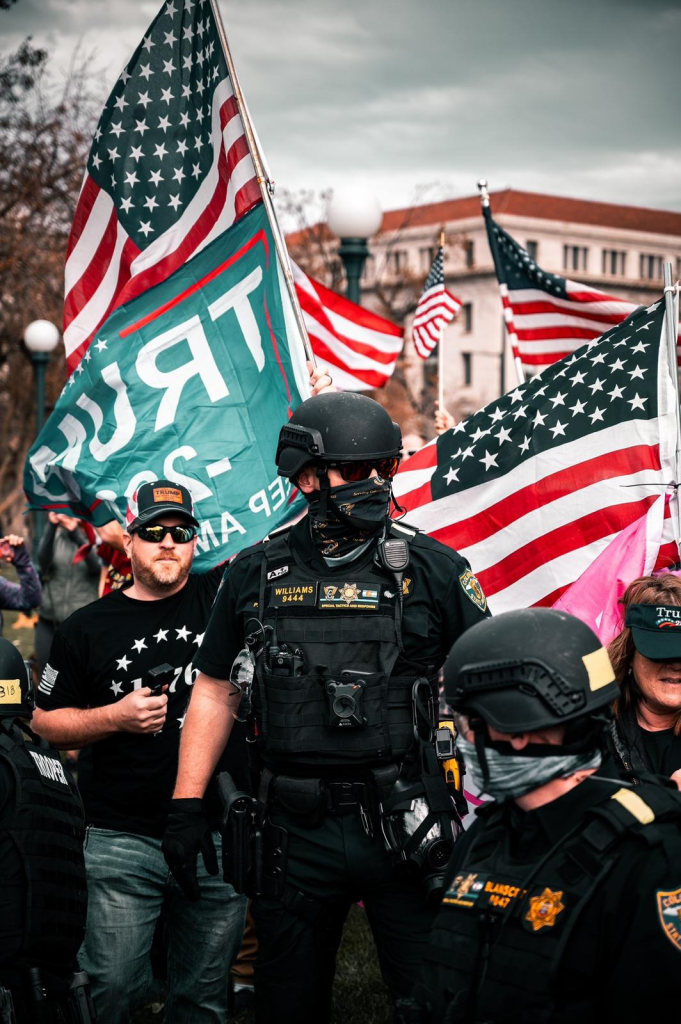By: Adelaide Martelli, Francesco Bruno and Shahin Modarres.
Regardless of how violent, inhuman, and detestable terrorism is, it is a social phenomenon. Hence, like other social phenomena, it is a dynamic body that undergoes changes and transforms to adapt to the constantly changing socio-political sphere in different parts of the world. After the major paradigm shift of terrorist organizations from vertical structures to horizontal ones, the third wave of terror attacks was formed based on individuals carrying out terrorist attacks. These individuals are known by the colloquial "lone wolf" and they represent a growing concern due to the complexity of detecting them.
The term "lone wolf" has opened the stage for controversy in defining it. The basis of this controversy mostly manoeuvres on either if the individual radicalized and carried out the event like the famous case of Ted Kaczynski, or he/she has radicalized as the result of an agent-based mechanism of socialization. According to Prof. Mark Hamm, the distinction that differentiates the "lone wolf" phenomenon is based on the executive phase of a terrorist attack. "lone wolf" is the individual who might have been radicalized as the result of group socialization or self-indoctrination but acts alone. Prof. Peter Neumann adds: "a lone wolf is not necessarily a member of a terrorist organization but an individual who has an affinity with them".
In this article, we will discuss two cases of "lone wolf" terrorism to show both the executive phase of "lone actor" and pre-attack radicalization. It is important to recognize that even though the final act in lone wolf terrorism is performed as a solo, it is not an individual effort that has led to that moment. Many lone actors have received logistic and material support from terrorist cells, including explosives and instructions to build devices, safe passes, and even safe homes for the post-op phase (Schuurman, 2017).
Besides the operational level in the case of Younes Tsouli, we will see the importance of "lone actor" radicalization and recruitment on online platforms. And in the case of Mohammed Bouyeri, we will discuss how the term "Lone wolf" can overstate the degree of isolation these individuals go through.
Case of Younes Tsouli
It has sparked a controversial debate on the nature of the “Lone Wolf” as an individual with a focus on both psychological and personality factors, and external in terms of environment, friendships, and family ties. This part of the paper in relation to “Lone Wolves” will be using a different theoretical approach argued by Marc Sageman in Leaderless Jihad and characterized by the development of a new environment and processes of radicalization primarily based on the Internet. The importance here is the interaction between members on online portals and forums accessible exclusively by invitation, where complete anonymized strangers interact expressing their views on their hopes for Islam. What is interesting in this case is the fact that such forums provide a community for these individuals to interact with each other “this mutual sharing makes them feel even closer to each other in a virtual process similar to the one previously described as in-group love with face-to-face interactions. This provides them with a sense of belonging to a greater community on the basis of what they have in common, Islam” (Sageman, 2008). This perspective provides an alternative view on Lone Wolf, as this article argues, it is possible to define as “Lone Wolf” someone who acts are characterized by “lone” actions, but in reality, there is a variety of social interactions which made such cases less “lonely”.
The example that will be used to shed some light on the action of a Lone Wolf is the case of Younes Tsouli, also called Terrorist 007, and the “most wanted cyber-jihadist” according to the Association of Chief Police Officers (ACPO). He began by appearing on websites such as “Islamic Terrorists” where he came across as an agitator, following that in 2004, he began to reach popularity as an expert cyber-jihadists providing not only terrorist material to online forums where he could directly radicalize youths, but he also was able to provide inside of US military bases in Iraq. More importantly, Younes was able to become a pillar for Al-Qaeda’s propaganda in Britain, despite, as the judge at his trial pointed out that he never himself came close to a firearm or committed a crime physically according to ACPO. His role alone had indirectly created a space for jihadist propaganda gaining support by the leader of Al-Qaeda in Iraq, Musab Al-Zarqawi facilitating the contacts across thousands of “lone wolves” across the globe (Jacobson, 2010). Therefore, to answer the question, are “Lone” wolves really lonely? They are not as demonstrated by the case of Younis Tsouli.
Case of Mohammed Bouyeri
The case of Mohammed Bouyeri, the 2006 Amsterdam attacker who killed Theo Van Gogh, is peculiar to analyze lone wolves’ networks during their radicalization and plotting process. He is considered as the first European Islamic lone wolf (Zogno, 2018), and, contrarily to what is generally thought, he was not so detached from social interactions. Bouyeri was born in Holland to Moroccan parents, and reportedly both he and his family were well integrated into the Dutch Community (Nesser, 2005).
Thanks to the documents retrieved from his computer after his arrest we have information regarding his radicalization and indoctrination processes (Sageman, 2008). In 2001 he went to prison, and there he started reading the Quran, which may be suggested by other prisoners, faith became his light during this dark period (Peters, 2016). The second event that influenced him towards a stricter interpretation of Islam was the death of his sick mother, since then he appeared increasingly isolated from the larger society (Cottee, 2014).
However, the biggest turning point was in 2003 as a consequence of two major events: Firstly, Dutch authorities refused Bouyeri’s proposal to open a youth club for immigrants; secondly, he entrenched a tight relationship with the fundamentalist Imam Abou Khaled (Nesser, 2012). Bouyeri started attending the meeting held by Abou Khaled, where he learned how to conduct his life following Sharia law so that he completely changed his previous lifestyle (Peters, 2016). Not only, but he also met several like-minded people with whom he established the Dutch Islamist group called the Hofstadgroup (Adjiembaks, 2016). Except for the people inside his network, he was very isolated from the larger society and he used to spend his time writing and disseminating extremist beliefs online (Kaplan et al., 2017;De Koning, 2013). In this period, he changed his name to Abu Zubair, in memory of the homonymous Al-Qaeda commander.
The triggering event before the attack was the documentary “Submission” produced by Theo Van Gogh and Hirsi Ali in 2004, perceived by him and many other Muslims as offensive to Islam (Peters, 2016). Simultaneously, Al-Qaeda in Iraq (AQI) promoted a campaign in favor of kidnapping and decapitation, that apparently influenced Bouyeri’s attack plan (Nesser, 2012) . In fact, on the 2nd of November 2004 Mohammed Bouyeri, alias Abu Zubair, shot Theo Van Gogh eight times, tried to behead him, and then pinned on him with a knife an Open letter against Hirsi Ali (Nesser, 2012; De Koning, 2013) . Shortly after the attack, Bouyeri was arrested and sentenced to life in prison (Finseraas et al., 2011).
Both mentioned cases show an inpatient process of labeling these terrorist actors as with the term "Lone wolf". Mostly these actors have interpersonal, ideological, and operational ties to larger groups. (Gartenstein-Ross, 2017) Thinking of them as isolated individuals can develop conceptual confusion. The reason behind their solo act in some cases usually roots from a sense of secrecy and fear of being trapped into leakage behavior. A considerable number of these actors have expressed violent intention across the border of human norms, long before executing their plans. Their posts and socialization have been a clear cry for attention months and even years before the planning phase. (Gill, Horgan, and Deckert, 2020) This behavior, known as the "leakage behavior" has been a tremendous help for intelligence agencies and counter-terrorism professionals to detect them and surveil their activities. (Meloy and O'Toole, 2011) In some cases, the main reason behind acting alone has been their incapability of recruiting other members to the potential terrorist cell that they had in mind.As the result of a cost-benefit estimation, certain actors during recent years showed more tendency to cut their ties and communication from their niche in order to secure the required secrecy needed for the optimization of their plans. These actors preferred to reduce their vulnerability towards detection and infiltration by cutting ties with other members and their cells before executing their plans. (Bakker and De Graaf, 2012) Both elements of detection and infiltration have successfully neutralized many terrorist plots in advance and this has become a warning for more skill-developed actors to isolate themselves from their peers while planning a terrorist plot and later during the execution phase. This of course does not mean that all these actors were originally isolated individuals with anti-social behavior by their choice of acting alone was indeed the result of a strategic decision-making process.
This article has been rectified on June 9th, 2021. Younes Tsouli has already served his sentence.


